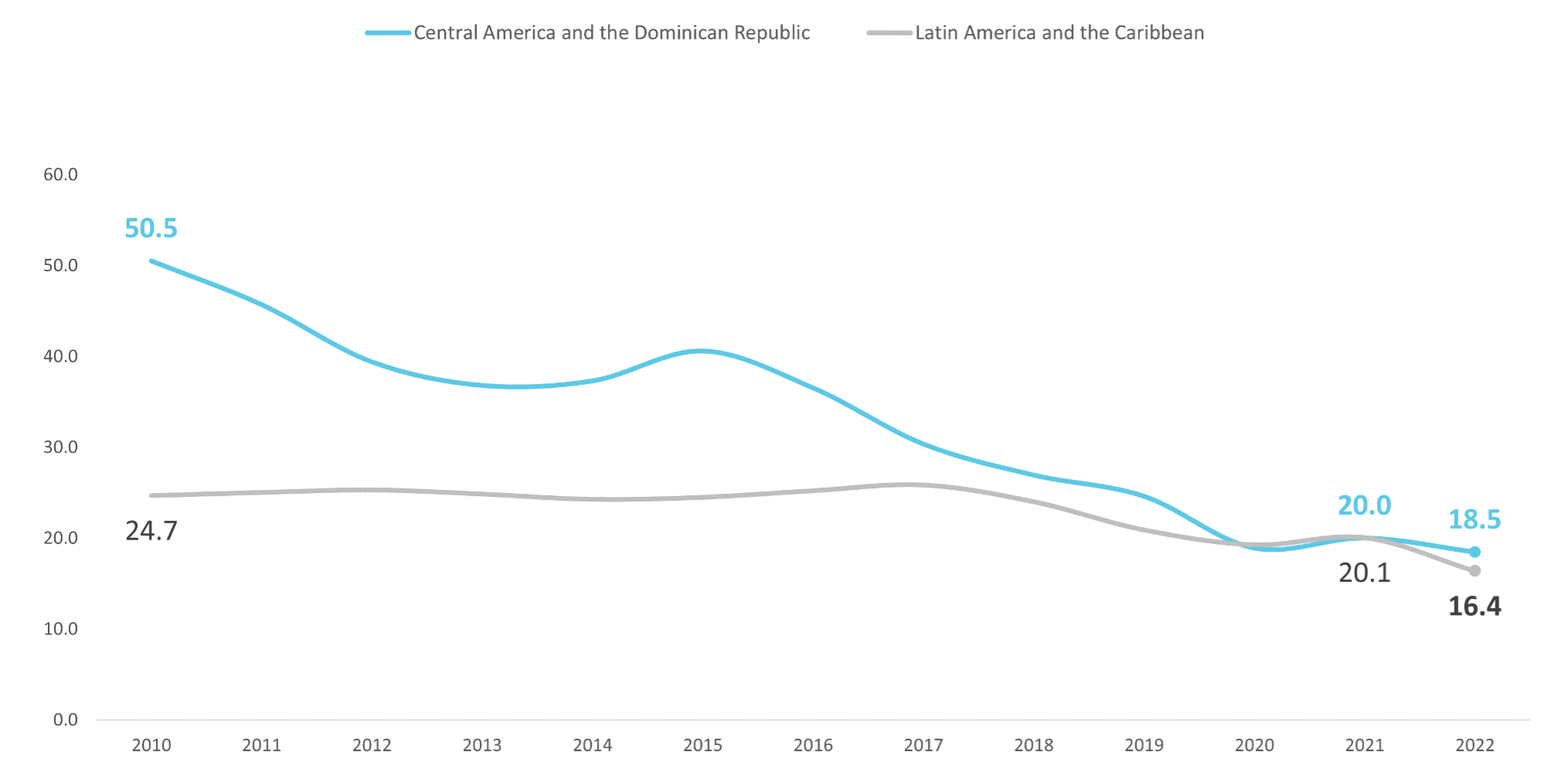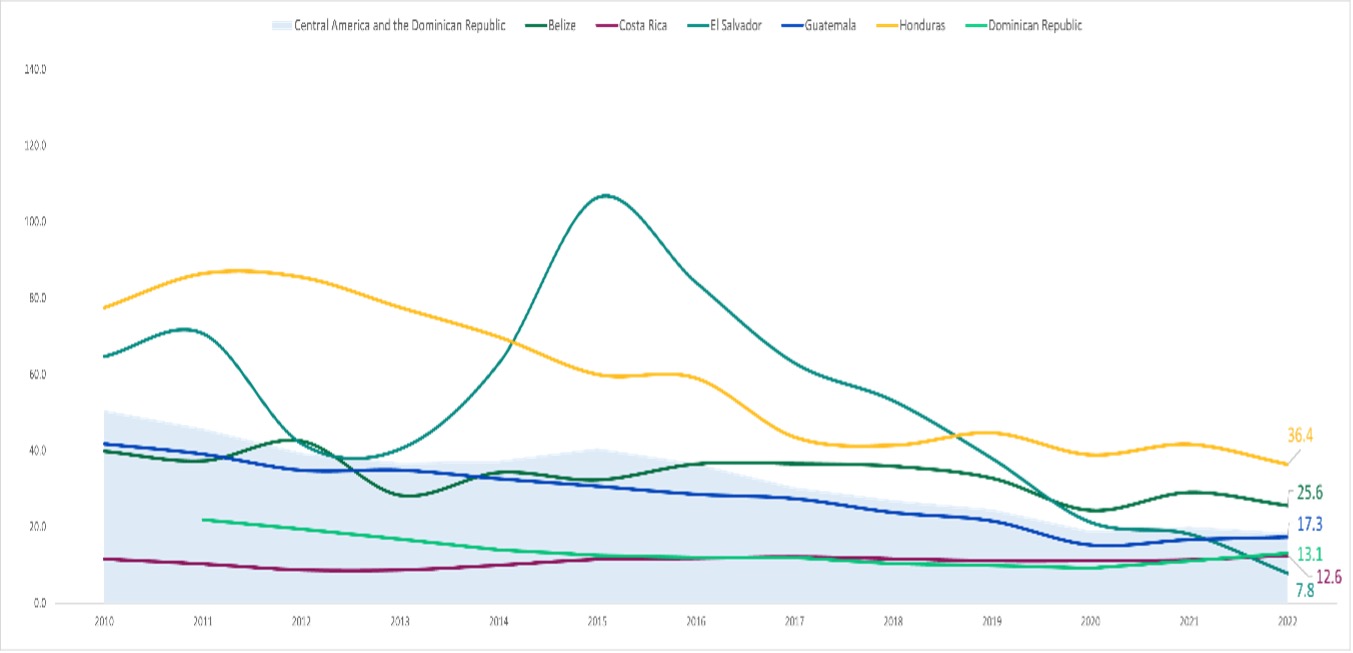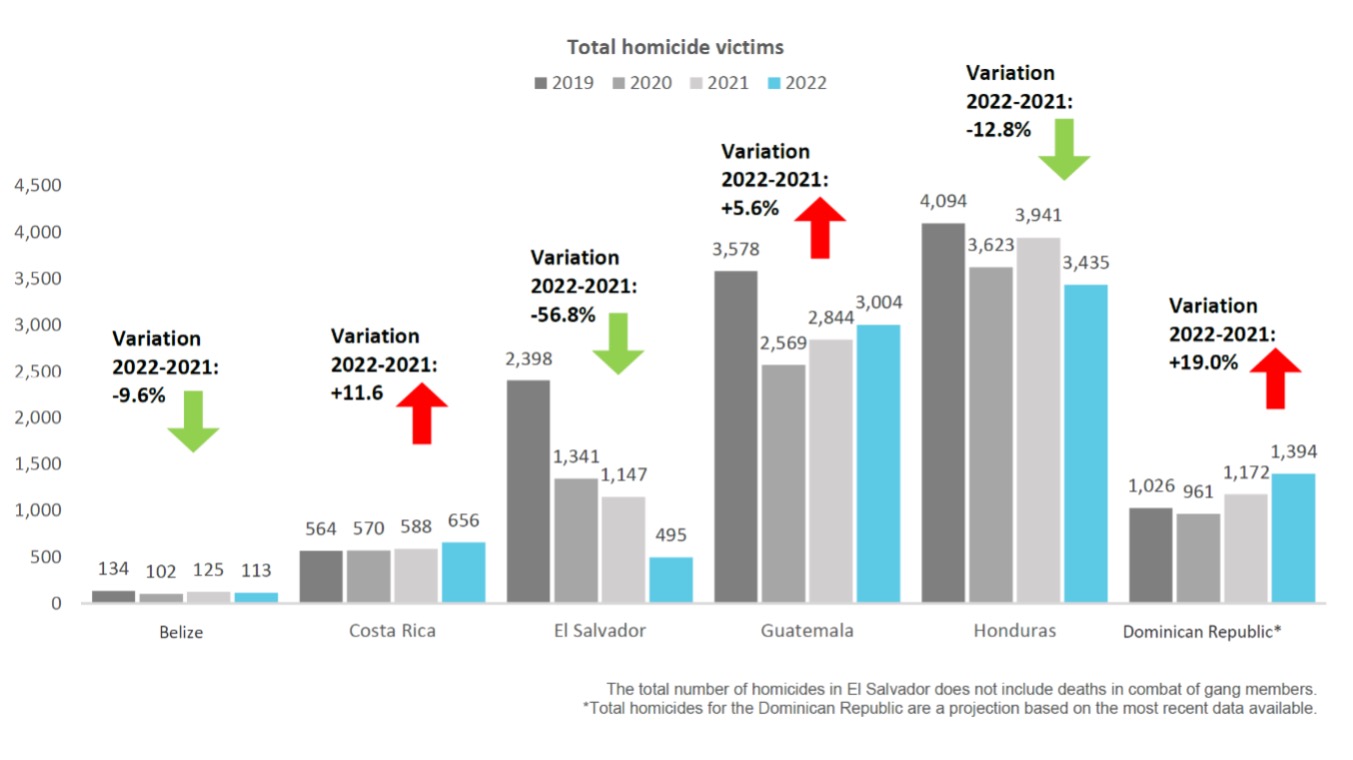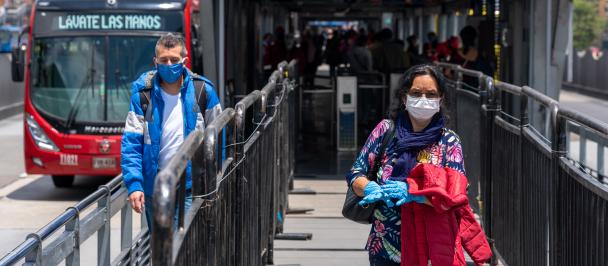Building citizen security from a people-centered perspective
April 19, 2023
As societies make headway in their development and their social contracts becomes more consolidated, public policies are adapted and evolve. This also applies to public policies on citizen security, which need to evolve, not backtrack. In recent days, a long-standing debate seems to have amped up on social media, polemicizing on ways to work out the issue of violence and insecurity in our region.
In Latin America and the Caribbean, we have navigated tough-on-crime stances for cracking down on violence and crime, all the way to contrary positions that consider that peaceful coexistence can only be achieved by resorting to the right incentives. As demonstrated in different international experiences, addressing security with rigorous data from a gender-responsive and human rights-based multisectoral perspective, enhances decision-making, and leads to effective solutions and effective democratic governance.
More and better data is required to reduce violence
Although the 2010 homicide rate per 100,000 population in Central America and the Dominican Republic was 50.5 homicides, in 2022 it plunged to 18.5. That was a 32.0-point dive! Violence prevention programs, strategies, and policies that national institutions have been implementing have undoubtedly contributed to maintain this downward trend.
Graph 1. Rate of homicide in Central America vs. Latin America, 2010-2022

However, we cannot overlook the fact that behind these figures there are lost human lives. In 2022 alone, 9,159 people lost their lives to violence in Central America and the Dominican Republic. Although a downward trend has been observed in the rates of homicide violence and femicide between 2010 and 2020, the data also shows an increase in other types of violence against women in recent years.
Graph 2. Homicide rate per 100,000 population, by country 2020-2022

High rates of violence represent a significant economic burden for States. This spending slows growth in countries where budgets are tight and social needs great.
Graph 3. Total victims of homicide 2019-2022

Despite the fact that there were 658 fewer homicides in 2022 than in 2021 (-6.7%), this is not consistent throughout the subregion. While the total number of victims of homicide in Belize, El Salvador and Honduras was lower than the year before, in Costa Rica, the Dominican Republic and Guatemala the number was higher. Every context requires its own particular analysis and strategies, within the framework of the concept of public safety that makes the protection of people and respect for the rules a priority.
Graph 4. Total homicides of women and feminicides vs male homicide in Central America 2010-2022

Upturn in violent deaths of women
Violence and crime behave differently in each country, in each place, in each territory or even city. However, official data on homicidal violence and femicides shows that there is a downward trend from 2010 to 2020.
The sustained work the UNDP has carried out jointly with national governments, local institutions, academia, and civil society for almost a decade through the InfoSegura Project has provided a series of lessons:
- Quality information and disaggregated data are essential for making sound public policy decisions and effectively addressing violence. These data must be transparent and accessible to citizens through innovative technological tools.
- Magical, popular and gimmicky solutions in no way contribute to solving complex social problems. They are not risk-free for institutions, the quality of democracy, freedoms and human development.
- The reduction in the incidence of crime has been fundamentally sustained by the implementation of comprehensive, territorial and rights-based prevention policies, and institutional strengthening.
- Although it has been demonstrated that the rise in prison terms does nothing to reduce violence and crime, crimes need to be punished fairly and proportionately, in accordance with the law and respect for human rights. Solutions to citizen security issues need to be people-centered and based on public policies that address social inequalities, unemployment and improve education. Social investment and prevention are essential to have more just, peaceful and cohesive societies.
Let us always remember that citizen security is not an end, but a necessary condition for achieving sustainable development goals 5 (Achieve gender equality and empower all women and girls) and 16 (Promote peaceful and inclusive societies) of the 2030 Agenda.

 Locations
Locations





